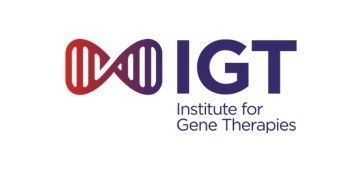Qualitative and quantitative measure of fatigue in Barth syndrome
Primary (Presenting) Author: Stacey Reynolds PhD, OTR/L, FAOTA
Contributors:Isabelle Babson OTD; Virginia Chu PhD, OTR/L; Emma Daw, OTD; Mackenzie Hunter, OTD; Samantha Payne, OTD
Background: Fatigue is a symptom of Barth syndrome (BTHS) described informally as limiting many aspects of daily functioning. Exactly what “Barth Tired” really means, however, remains elusive, as does the impact of fatigue on the family. Similarly, fatigue in BTHS has proved difficult to quantify; to date, fatigue in BTHS has only been measured in terms of physiological fatigue while research into other mitochondrial disorders has identified other types of fatigue that can impact functioning and quality of life. The objective of this project was to qualify and quantify fatigue in the BTHS population.
Methods: Part one of this study used a qualitative research design with a phenomenological approach.First, we interviewed (n=23) family members of BTHS individuals about the impact of fatigue on family function. Next, we interviewed (n=20) BTHS individuals to discuss the impact of fatigue in their daily lives. We achieved part two of this study by first developing a novel phone application to record participant-reported fatigue levels in “real-time” which was then synched with biometric data from an Actigraph watch.
Results: Five themes emerged from the interviews with BTHS families: 1) Barth individuals look "normal", so families are sometimes misunderstood; 2) there are physical andnon-physical signs of BTHS; 3) the worse the fatigue, the greater the impact on the individual and family; 4) Barth fatigue does not always stop families from doing important things but extra planning or modification is needed; and 5) a transition occurs from parents managing their child's fatigue, to the affected individual learning their own strategies. Themes that emerged from the affected-individual interviews were: 1) BTHS fatigue has significant social implications; 2) BTHS fatigue manifests through cognitive and physical symptoms; 3) BTHS fatigue leads to limited independence; and 4) BTHS requires fatigue management and accommodations. Outcomes of our quantitative study suggest that methods for measuring fatigue through use of a mobile application are feasible, yet requires further development. Preliminary data linking fatigue to energy expenditure and sleep is pending.
Conclusions: Data generated provides evidence for the widespread impact of BTHS fatigue on the lives of BTHS individuals and their families. Importantly, fatigue appears to manifest not only as physical fatigue, but in the form of cognitive and emotional fatigue as well, influencing academic, social, employment, and self-care functions across the lifespan. The application developed by our team shows promise for tracking various aspects of fatigue remotely in real-time.












